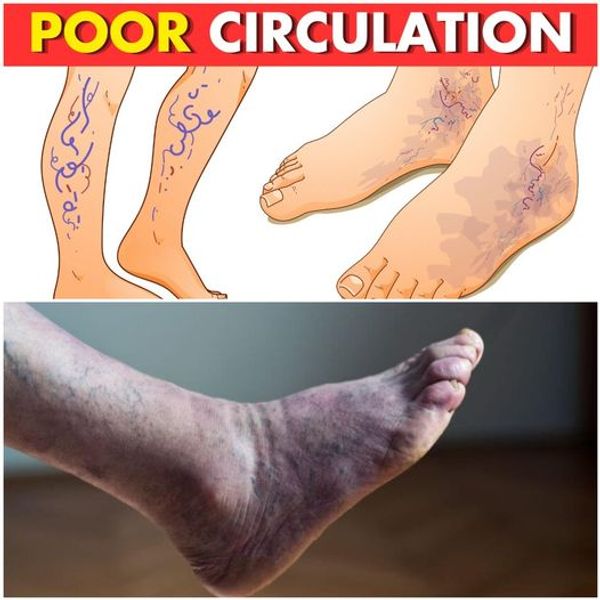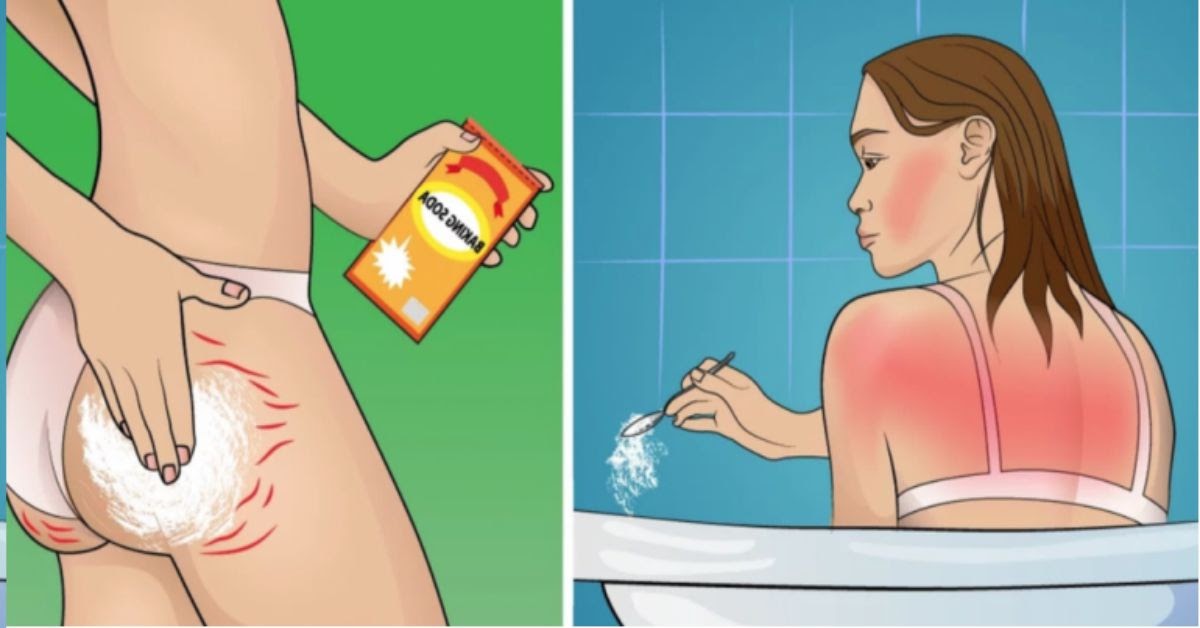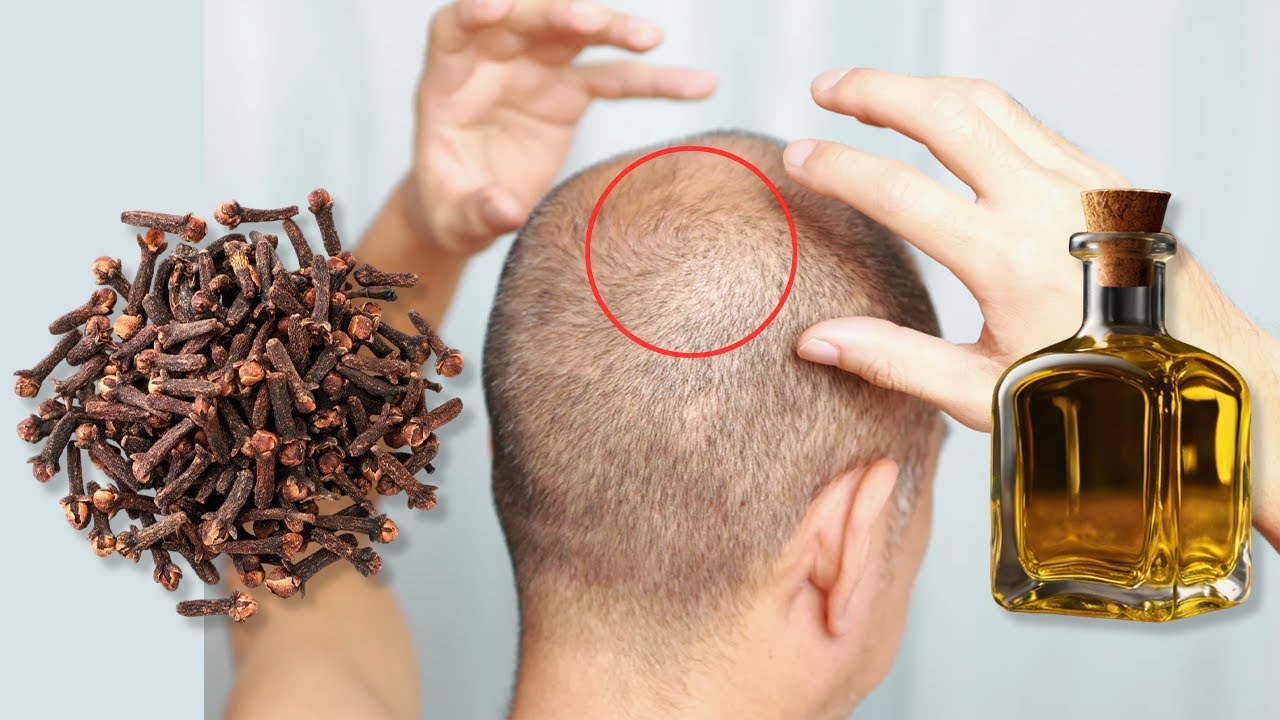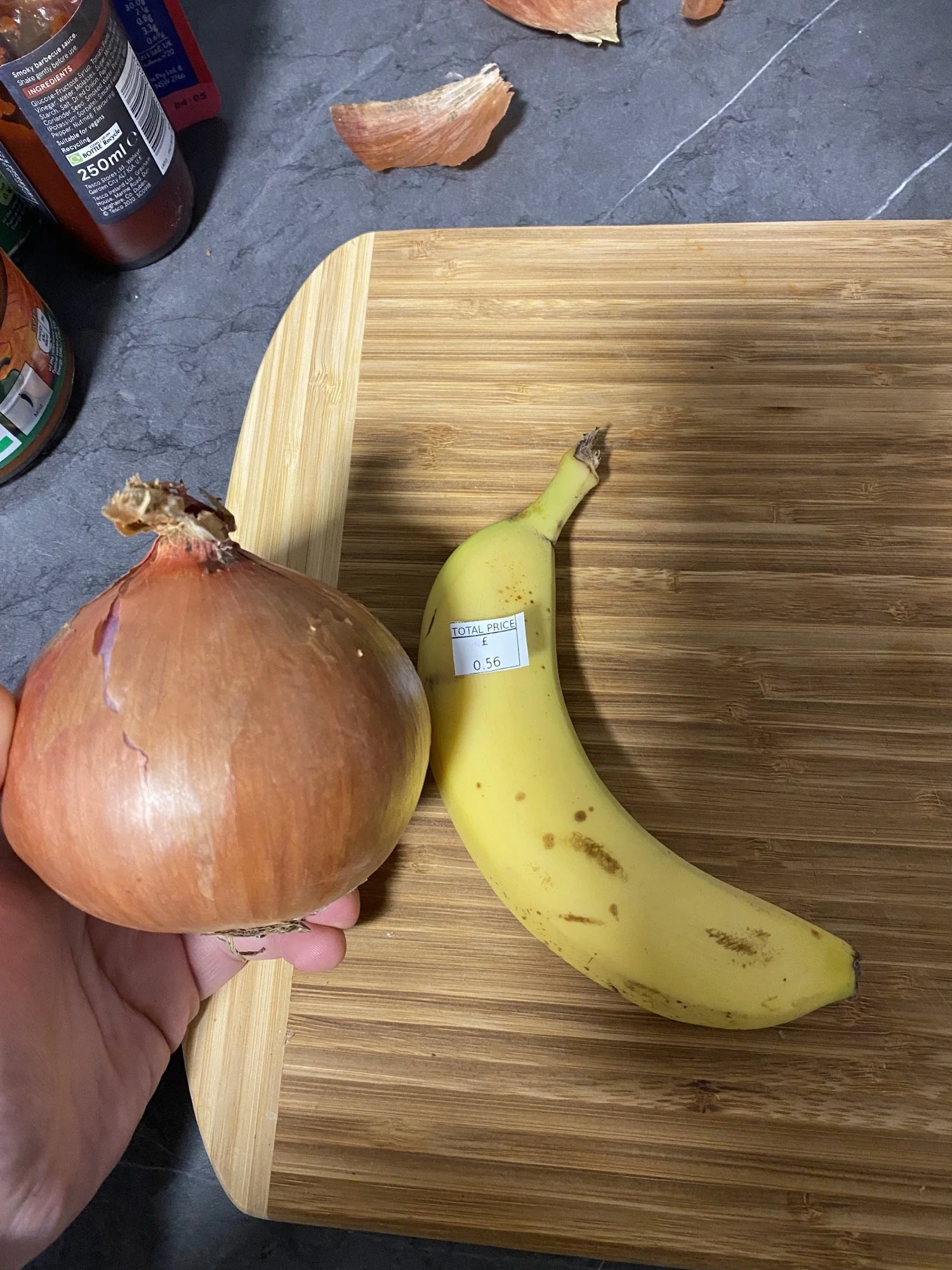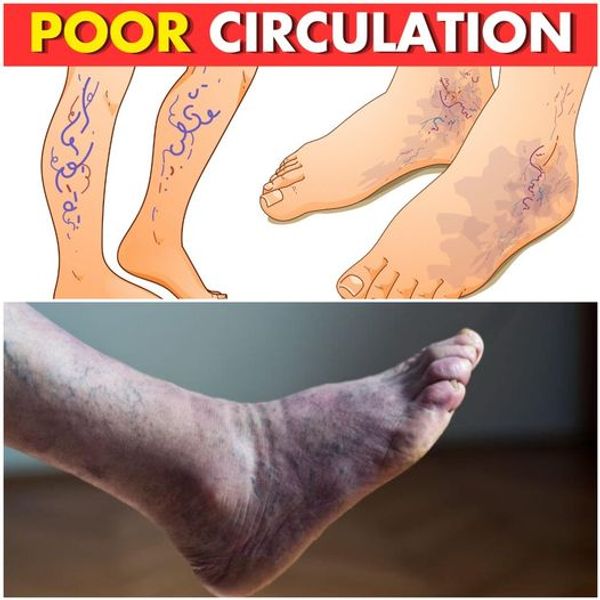
Having healthy circulation is essential for delivering oxygen and nutrients throughout your entire body. However, as we age, poor circulation can become a common issue and lead to discomfort and even serious health problems. It’s important to recognize the early signs and take steps to improve it naturally. Here are 5 warning signs of poor circulation and some simple, natural ways to boost it.
1. Cold Hands and Feet
Do you often find your hands or feet feeling unusually cold, even in warm environments? This could be a sign of reduced blood flow, which prevents enough warm blood from reaching your extremities.
How to Improve It:
- Incorporate regular movement into your daily routine, such as walking or stretching.
- Try contrast showers by alternating between hot and cold water to stimulate blood flow.
- Consider adding warming spices like ginger and cayenne pepper to your diet.
2. Numbness or Tingling Sensations
Frequent numbness, tingling, or that “pins and needles” feeling in your arms or legs can indicate poor circulation.
How to Improve It:
- Perform daily gentle exercises like yoga or light cardio to get your blood flowing.
- Massage the areas that experience numbness or tingling to encourage better circulation.
- Stay hydrated and avoid sitting in one position for extended periods.
3. Swelling in Lower Limbs
If you frequently experience swollen ankles, feet, or legs, especially after standing or sitting for long periods, it could be a result of fluid buildup caused by poor circulation.
How to Improve It:
- Elevate your legs when resting to promote blood flow.
- Include magnesium-rich foods like leafy greens and nuts in your diet.
- Consider wearing compression socks to support better blood circulation.
4. Fatigue and Lack of Energy
Poor circulation can lead to a decrease in oxygen reaching your muscles, which can leave you feeling tired and lacking in energy.
How to Improve It:
- Stay active, even short 10-minute walks can significantly boost your circulation.
- Consume iron-rich foods like spinach and lentils to support healthy blood oxygen levels.
- Avoid smoking and limit your intake of processed foods.
5. Slow-Healing Wounds
If you notice that cuts or sores on your legs or feet take longer to heal, poor blood circulation could be the culprit. Inadequate blood flow slows down the delivery of essential nutrients to the affected tissues.
How to Improve It:
- Include omega-3 fatty acids in your diet, which can be found in foods like flaxseeds, walnuts, and fatty fish, to support vascular health.
- Practice relaxation techniques to manage stress, as stress can constrict blood vessels.
Putting It All Together:
Make it a habit to incorporate daily movement, follow a balanced diet rich in natural circulation-boosting foods, and stay adequately hydrated to keep your blood flowing freely. Remember, if you experience persistent symptoms, it’s always important to consult a healthcare professional.
Small changes in your daily routine can lead to significant improvements in your circulation. Take care of your blood flow, and enjoy a healthier, more energetic life! 🩸✨
